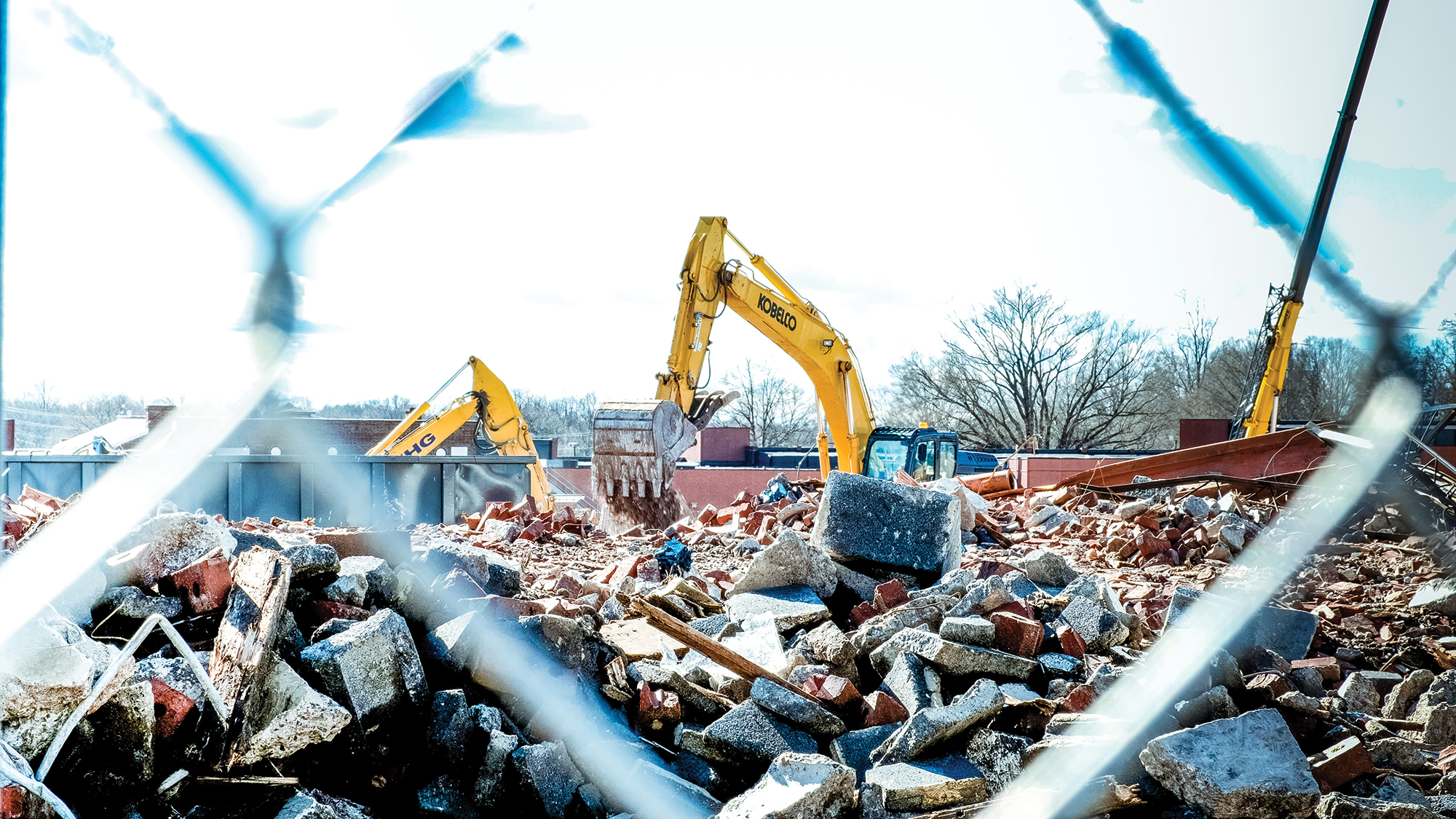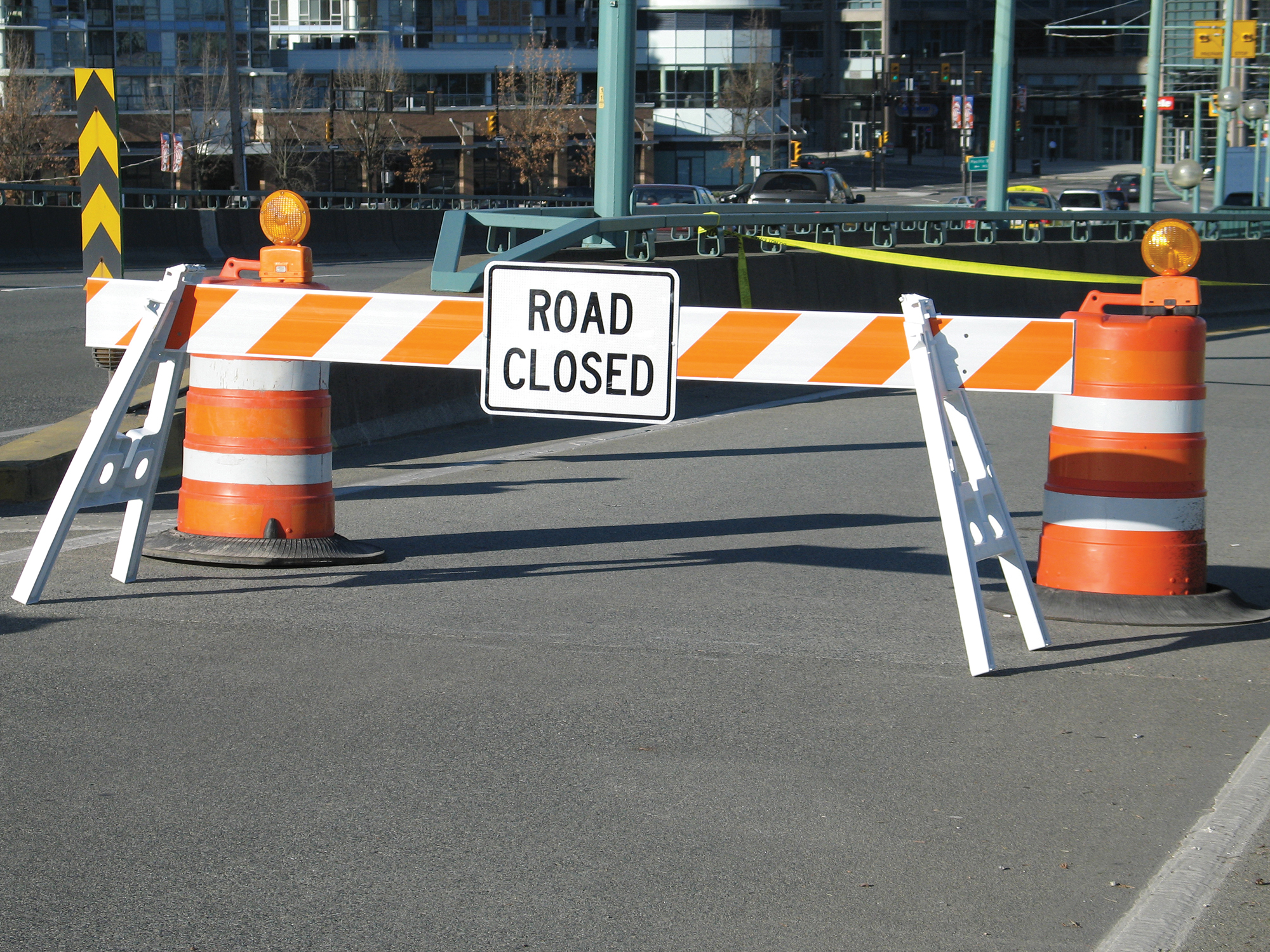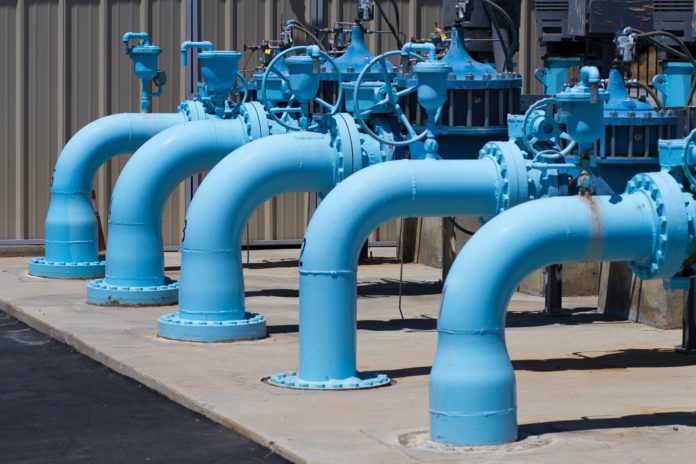Cities, towns, and villages have been calling on Congress to get to work on an infrastructure package since 2016, and on November 15, 2021, the Infrastructure Investment and Jobs Act was signed into law by President Joe Biden surrounded by city leaders and Members of Congress. Also known as the Bipartisan Infrastructure Law (BIL), this $1.2 trillion bill was the result of years of local leaders calling for action with the National League of Cities (NLC), with the North Carolina League of Municipalities as well as business and industry leaders. It means transformative investments in transportation, broadband, and water are heading to North Carolina, which can be used to create safer transportation, ensure equitable infrastructure among neighborhoods, build resilient structures, and strengthen our economy.
North Carolina municipal leaders should begin to plan and prepare now to make the most of these new opportunities coming from the BIL. Municipal officials should consider the following to maximize program opportunities:
- Consider the existing programs as well as the new programs: BIL includes $550 billion in additional new programs. Many allow communities and their partners to specifically apply for and take advantage of the federal resources, but it also renews many existing programs that will be just as valuable to North Carolina’s municipalities. In the discussion of what’s new, don’t miss those existing programs which will be just as helpful to your city!
- Reach out to start working at both the State and Federal Level: The number of program funds that cities can access directly from the federal government are substantial, but there are also significant infrastructure dollars that will move directly through your state. Reaching out to both state and federal officials ensure North Carolina’s communities are able to follow through with the necessary applications. Get ready to compete and shape your city’s story for all the funds that will be available.
- Prepare to support the project and tell your story: The majority of federal grants come with some expectations that a local match will be provided, which is often around 20% for transportation, though some programs can be less, especially for smaller and disadvantaged communities. Take care to understand what your contribution may be and consider how to organize the funding and consider how you will tell your community’s infrastructure story and how projects will contribute to local quality of life and economic growth.
 PROGRAM OVERVIEW
PROGRAM OVERVIEW
Surface Transportation
Congress is investing $110 billion in transportation in the five-year BIL on top of the past levels of federal transportation programs. America’s cities, towns, and villages take care of a significant portion of our nation’s expansive transportation network, and the new BIL provides communities more opportunities than ever before to apply directly for federal funds, work with their regional partners and states, and to continue bringing new mobility options to their cities. In addition to renewing existing programs, USDOT will have more than $124 billion in competitive funding to distribute to applicants for roads, bridges, trails, rail, transit, and more. Now is the time to begin to consider how existing federal transportation programs and new BIL programs match up to support your community’s rebuilding.
Many of the new and expanded programs relate directly to our communities’ most pressing needs. An extensive new bridge program will allow states to pass through up to 100% federal funding for poor bridges that are off the highway system and locally owned. The new “Safe Streets and Roads for All” program will support $5 billion in local projects to reduce traffic fatalities, which sadly are getting worse with 20,000 lives lost in just the first half of 2021. A new $2.5 billion in competitive grants are available to strategically deploy publicly accessible charging and fueling infrastructure. Transit’s Capital Investment Grant program jumps up with $3 billion authorized per year, and a new $1.75 billion “All Stations Accessibility Program” and $250 million under the “Enhanced Mobility for Seniors and Individuals with Disabilities” program will help more seniors stay in their homes for longer. A $1 billion “Reconnecting Communities” program provides seed capital to begin to remove barriers to community connectivity and rectify harms caused by past highway investments. Rail sees a $66 billion investment with $12 billion dedicated to partnership grants for intercity rail service and a new $3 billion “Grade Crossing Elimination” grant program that cities championed will help to fix rail and road crossing congestion and safety issues in communities.
Water Infrastructure
The BIL provides financing and funding for wastewater and drinking water projects through four main buckets under the U.S. Environmental Protection Agency. In total, North Carolina will receive $199,211,000 in FY22 for water infrastructure, representing the allocation for the first year of funding. The funding is broken down as follows:
- Clean Water State Revolving Fund (traditional): $32,386,000
- Drinking Water State Revolving Fund (traditional): $55,139,000
- Lead pipe replacement through the Drinking Water State Revolving Fund: $86,831,000
- Emerging Contaminants through the Drinking Water State Revolving Fund: $23,155,000
- Emerging Contaminants through the Clean Water State Revolving Fund: $1,700,000
With all of these funds flowing through the state revolving funds, local governments will be required to submit applications to the North Carolina Department of Environmental Quality. It is important to note that for both of the traditional State Revolving Funds and the lead pipe replacement funds, the states are required to award the money as 49% principal forgiveness/grants and 51% loans. With both of the funding allocations to address emerging contaminants, the states are required to award the funds as 100% principal forgiveness/grants.
NLC put together two helpful fact sheets on the Clean Water and Drinking Water State Revolving Funds that provide an overview of the eligible uses and give examples of how communities have used these programs in the past. The clean water fact sheet explains how the program can be used for climate resilience projects, like green infrastructure and managing stormwater. The drinking water fact sheet explores uses pertaining to lead pipe replacement and protecting source water from other contaminants, such as PFAS. We know these are all critical issues for North Carolina communities.
While the fact sheets were developed specifically as a guide for communities around the American Rescue Plan Act, they serve as a general overview of eligible project categories as local leaders are thinking about whether to apply for an opportunity under the bipartisan infrastructure bill.
 Energy Efficiency and Conservation Block Grant
Energy Efficiency and Conservation Block Grant
The bipartisan infrastructure bill provides funding for the Energy Efficiency and Conservation Block Grant (EECBG) for the first time in over a decade. These flexible funds will help communities invest in energy-efficient retrofits, update building codes, adopt renewable energy technologies, provide incentives for residents to use transportation alternatives, implement energy-saving campaigns, and more.
Based on the 2020 census, there are 27 cities in North Carolina with a population over 35,000 that will receive these grants directly from the U.S. Department of Energy (DOE). Smaller communities will have the opportunity to apply for grants through the North Carolina Energy Office. Regional collaboration and projects are also encouraged with the EECBG, with a small portion set aside for competitive grants from DOE for a consortium of local governments.
With EECBG funding the City of Winston-Salem received in 2009, the city created a streetcar system to complement other mass transit proposals in the city and region, and the City of Gastonia also undertook transportation projects, among others, to purchase electric vehicles for park and recreation and police use and convert pedestrian signal heads to LED lighting. The City of Raleigh created a Green Building Training Program, which empowers technicians and small business owners with the knowledge and skills to market themselves in the growing green economy.
Initiatives like these save cities and taxpayers dollars in energy costs, and can be built upon with this new round of funding.
Broadband Infrastructure
The BIL provides a historic federal investment in closing the digital divide—roughly $65 billion for broadband infrastructure and digital equity. The majority of this funding is funneled through a series of grant programs managed by the National Telecommunications and Information Administration (NTIA). The largest of these programs is the $42 billion Broadband Equity, Access, and Deployment Program. This program will provide formula grants to state governments to award subgrants for broadband planning, mapping, deployment, and adoption programs. States are required to prioritize unserved areas, underserved areas, and some key anchor institutions and facilities. States are also required by the law to develop broadband plans for approval by NTIA prior to spending the funds, and must coordinate with local governments and other stakeholders when developing these plans.
NTIA is also responsible for the Digital Equity Act grant programs, which will provide funding for digital equity grant funding. Some is reserved for state formula grants, and the remainder for competitive grants. These funds are to be used for digital inclusion work, such as connecting residents in need to devices, subsidized broadband subscriptions, and skills training. NTIA will also administer the Middle Mile Broadband Infrastructure grant program, which will provide competitive grants to entities, including local governments, building middle mile broadband infrastructure projects, which do not connect directly to end users.
Because the majority of the funding will flow through state governments, it is critical for local leaders to engage early and often with both the NTIA policymaking process and state broadband leadership. The guidance that NTIA places around the grant programs will determine the specifics of how state governments must engage with their localities, how much discretion they have in selecting subgrantees and project areas, and other details very important to local leaders. In addition, by building a positive relationship with the state broadband office and proactively communicating community needs now, communities can get a jump start on the flurry of jockeying for funds that will occur in state capitals in the coming years.
Other important funds for broadband and digital equity in the BIL include extensions or expansions of existing programs. The law includes $14 billion for the Federal Communications Commission’s Affordable Connectivity Program, which succeeds the temporary Emergency Broadband Benefit and provides a monthly subsidy to qualifying low-income households on home broadband service. It also provides $2 billion in additional funding for the existing ReConnect rural broadband infrastructure grant and loan program administered by the U.S. Department of Agriculture.
Get Ready to Rebuild
As we celebrate this huge legislative win, NLC also wants to make sure cities, towns, and villages are beginning to plan and prepare to make the most of these opportunities from the BIL in 2022. Here are just a few ways to start getting your city ready to rebuild:
- Identify your local priorities and how they match up to federal grants using NLC’s new Infrastructure Bill Insights Tool for members. This tool provides a searchable list of programs for local leaders included in the BIL. NLC will continue to add to this live resource with application links and deadlines as they become available. Access the tool at bit.ly/3IRlmKq.
- Plan to attend NLC’s ongoing “Ready to Rebuild” training sessions on new and renewed infrastructure programs that cities can access. NLC will have federal officials and cities that were successful in these programs sharing their insights so you can better understand the federal infrastructure programs and get advice. For news about upcoming information sessions, please sign up for the Federal Advocacy Update Newsletter at nlc.org/newsletters.
We know all of North Carolina’s municipalities are ready to rebuild, and NLC is excited to deliver for you to make the most of this historic opportunity in 2022. Cities, towns, and villages can do more than survive; we can thrive.














